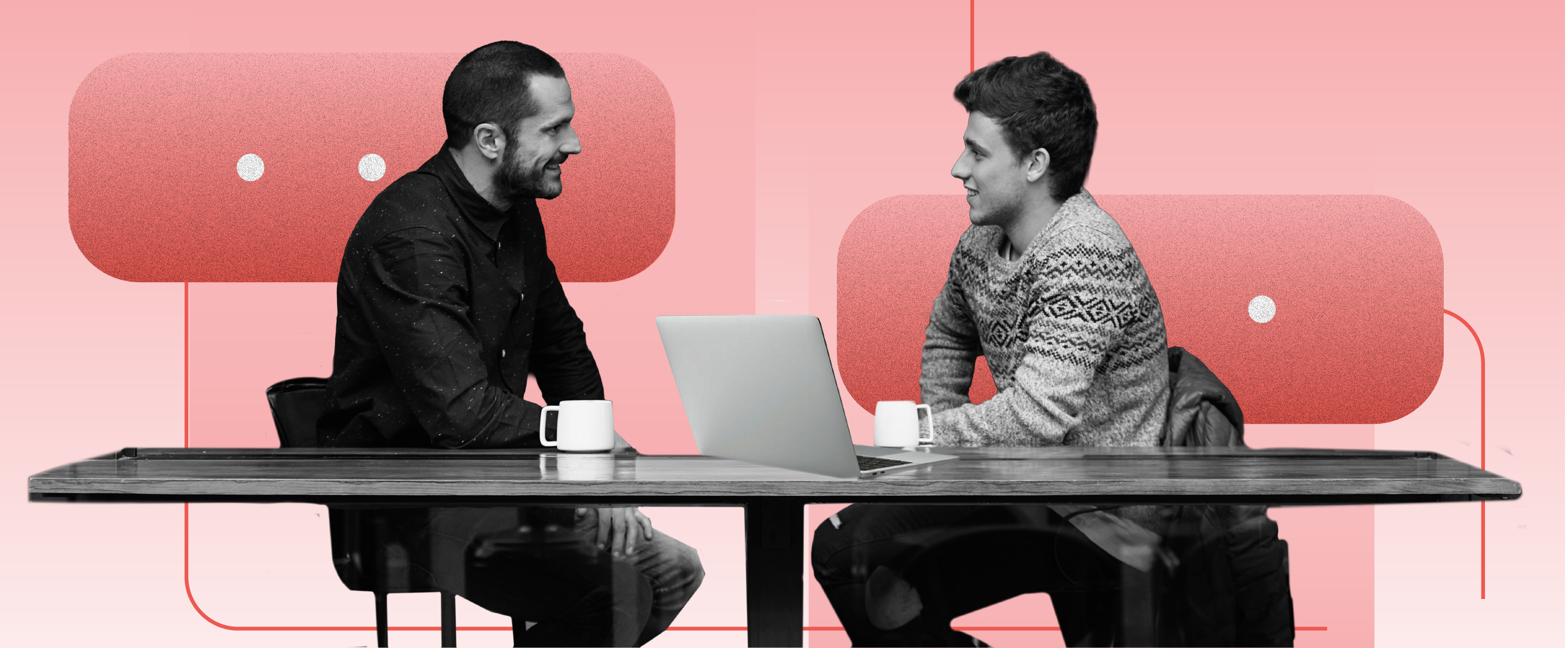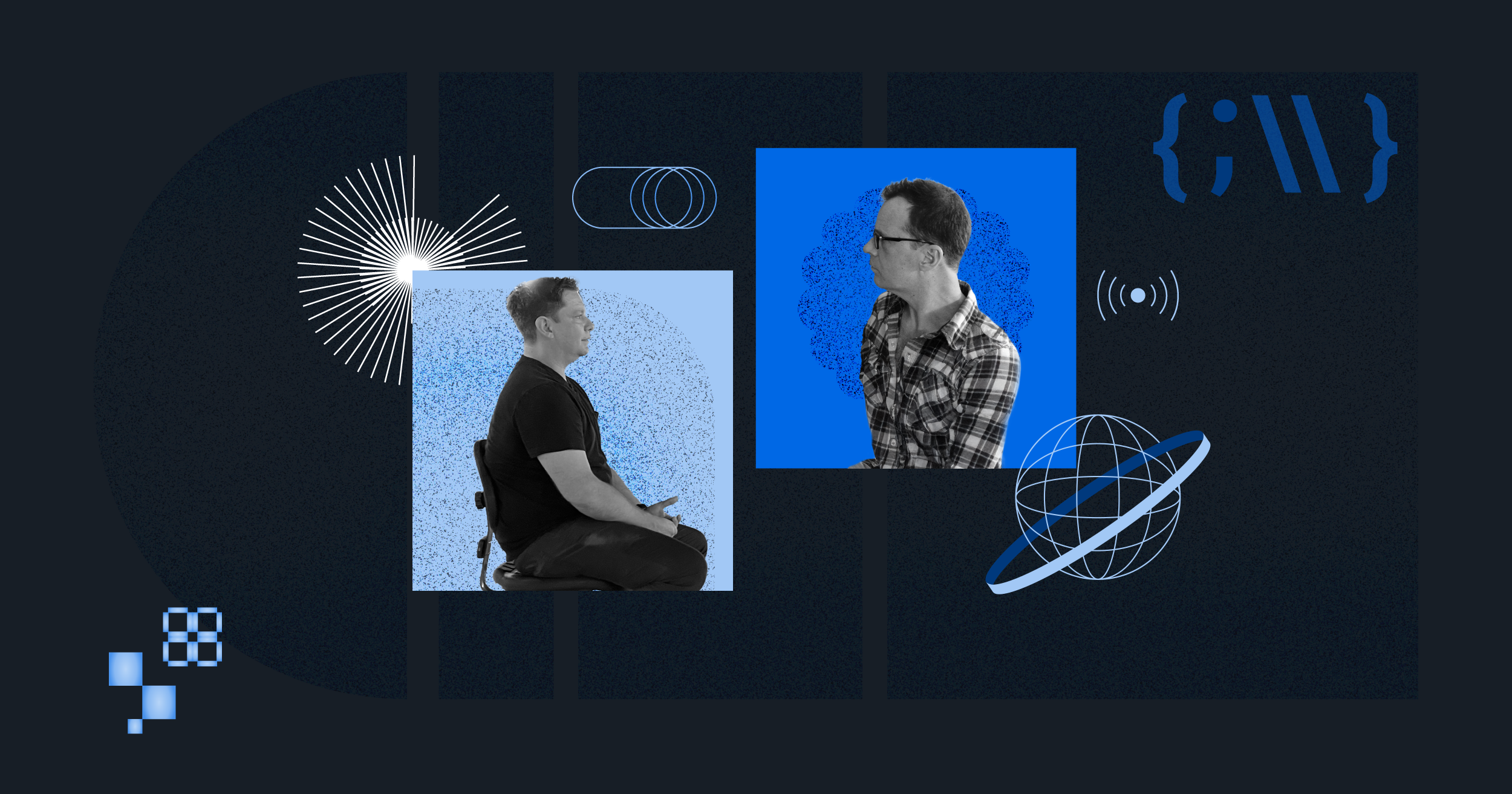
November 18, 2025
November 18, 2025

Reading time
October 28, 2025
October 9, 2025

This Q&A kicks off our Super Communicators series, which explores how leading communicators use curiosity, critical thinking, and creativity to create an innovation edge in the AI era.
It’s a fascinating time to work at the intersection of AI and energy, as companies race to meet AI’s astounding power demand. The storytelling opportunities for organizations creating AI, powering it, and transforming their businesses with it are complex and compelling.
Andrew Schmitt leads communications for one of them: Crusoe is an AI infrastructure company that sources energy, builds and manages hyperscale AI factories, and offers a scalable AI cloud platform.
He joined me to talk about why Crusoe centers education in its storytelling, what some C-suite leaders misunderstand about “going direct” to their audiences, and when he doesn’t rely on AI. What follows is an edited version of our conversation.
My job is to insert Crusoe into one of the most important global conversations happening right now. For a company of our size, we constantly punch above our weight. That starts with a clear mission: to accelerate the abundance of energy and intelligence. It’s a fancy way of saying we want to remove bottlenecks to AI innovation, and one of the biggest bottlenecks today is around energy.
Our comms approach is about educating the market on this new era of AI infrastructure and what we call AI factories. Given the large players and amounts of money, reporters are very curious and we’re taking advantage of the opportunity to educate: what is AI infrastructure? How is it different from traditional data centers?
Our strategy is to find clean, abundant energy sources and place data centers near those sources. For example, we’re building one of our biggest data centers in west Texas partly because there’s abundant wind energy in Abilene and we saw an opportunity to create demand for it.
In that data center, we use a closed-loop, non-evaporative liquid cooling system. Each building uses a million gallons of water, but it continually recycles, which reduces water use significantly from a traditional data center. These are the kinds of stories we want to tell, with transparency and clarity to help people understand our commitment to responsible energy and water use.
Because we’re vertically integrated – doing everything from sourcing energy and land to building data centers to offering cloud products – we have many stories and audiences. We’re trying to reach investors, energy and data center leaders, potential recruits, engineers running AI workloads in the cloud … the list goes on.
My job is to synthesize the story. Putting AI infrastructure at its heart shows we’re here to accelerate the AI industry no matter which audience you’re part of. We first need to align people to our core mission, then drill down to specific messages within it.
Every few years, I like to challenge myself and try something completely new. It’s been a steep learning curve, but I thrive on that.
I’ve learned that while our jobs, the media landscape, industries, and technologies all change, the fundamentals of storytelling don’t. Finding the core of a story — the human interest and the “why” — in a new universe is really exciting to me.
Finding the core of a story — the human interest and the “why” — in a new universe is really exciting to me.
I’ve been incredibly lucky to apply that playbook throughout my career, helping pioneering companies create new markets and become synonymous with their categories – VMware introducing virtualization, Salesforce with SaaS, New Relic with observability, and Coinbase with crypto. Crusoe has that same opportunity with the AI infrastructure category.
A few years ago, there was a backlash against earned media and a movement that “going direct” was the only way to reach your audience. I find being draconian about any one channel frustrating. Today’s world requires a multichannel approach.
In a crisis, it’s too late to build that trust. Do it when times are good.
That said, going direct is important. You need to build trust with your community, and that takes time. In a crisis, it’s too late to build that trust. Do it when times are good.
Bigger picture, your job is to reach your target market. Decide who you’re trying to reach with what message, then figure out the right channels.
I live and breathe Techmeme to help me stay on top of tech news. Lately, I’ve been listening to comms industry podcasts on my walk to work to stay on top of what’s happening – especially Attention Shift and Smart in Public.
Because I’m a comms team of one and don’t have an in-person network day-to-day, I’m also regularly on LinkedIn to stay in touch with my network virtually.
I use AI largely to organize my ideas for plans or other internal documents, and as an editor. I’ll write a first draft, then ask for five headlines or ways to write a quote.
The creative parts of the job are where AI can’t replace us.
For pitch ideas, I find it rather generic. It won’t come up with something that reporters will find unique, but maybe a baseline idea that I can tweak into something uniquely ours. AI is drawing on things that have already been reported on. By definition, it’s repeating things – not creating something new. I use it a lot, but today the creative parts of the job are where it can’t replace us.

October 28, 2025
October 28, 2025